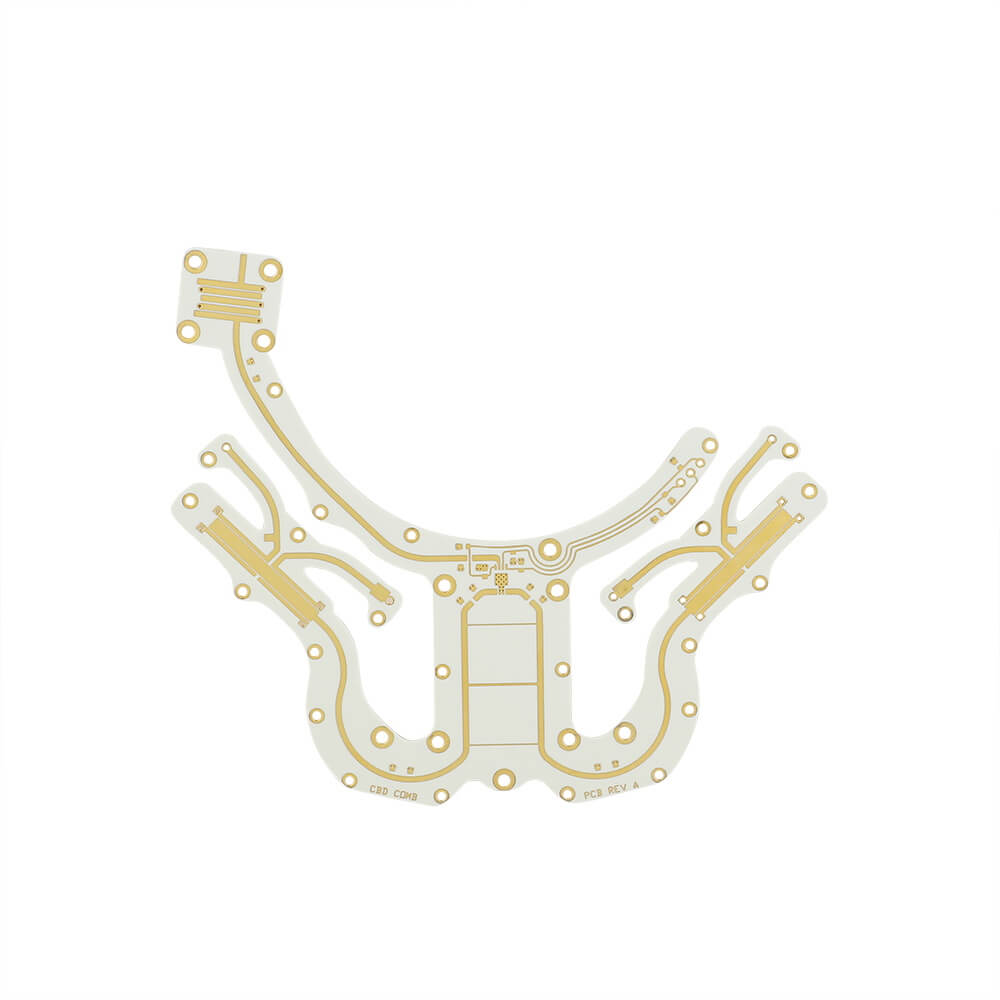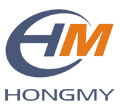The Significance of Double-Sided PCBs in Modern Electronics
Double-sided printed circuit boards (PCBs) have become a prominent choice in the electronics industry due to their numerous advantages. These PCBs offer enhanced functionality, improved efficiency, and compact designs, making them ideal for a wide range of applications. This article will explore the advantages of using double-sided PCBs in detail.
1. Increased Circuit Density
One of the key advantages of double-sided PCBs is their ability to accommodate a higher circuit density compared to single-sided PCBs. By having conductive copper traces on both sides of the board, double-sided PCBs provide more space for routing traces, components, and electrical connections. This increased circuit density allows for the integration of more functionalities and complex designs into smaller form factors.
2. Improved Signal Integrity
Double-sided PCBs also offer improved signal integrity. The presence of multiple layers allows for proper separation of analog, digital, and power signals. This separation minimizes signal interference and crosstalk, leading to better signal quality and reduced noise. As a result, these PCBs are highly suitable for applications that require high-speed and reliable signal transmission, such as telecommunications and data processing.
3. Enhanced Thermal Management
Efficient thermal management is crucial for electronic devices, and double-sided PCBs provide an advantage in this aspect. The additional copper layers on a double-sided PCB act as excellent heat conductors, allowing for effective dissipation of heat generated by components on the board. This feature helps prevent overheating and enhances the overall reliability and longevity of the electronic system.
4. Ease of Repair and Modifications
Double-sided PCBs offer convenience when it comes to repair and modifications. The presence of through-hole components makes it easier to replace or upgrade specific parts of the circuit, without the need for complex rework or extensive soldering. This flexibility is particularly advantageous in industries where frequent changes or upgrades are required.
5. Cost-Effectiveness and Manufacturing Efficiency
Double-sided PCBs can be manufactured using automated assembly processes, reducing labor costs and increasing manufacturing efficiency. Their design simplicity and ease of component placement contribute to shorter production cycles and lower manufacturing costs. Additionally, the widespread availability and standardization of double-sided PCB manufacturing techniques make them a cost-effective choice for mass production.
In summary, the use of double-sided PCBs offers numerous advantages in terms of increased circuit density, improved signal integrity, enhanced thermal management, ease of repair and modifications, and cost-effectiveness in manufacturing. These advantages make double-sided PCBs a preferred choice for a wide range of electronic applications, contributing to the continuous advancements in the field of modern electronics.


